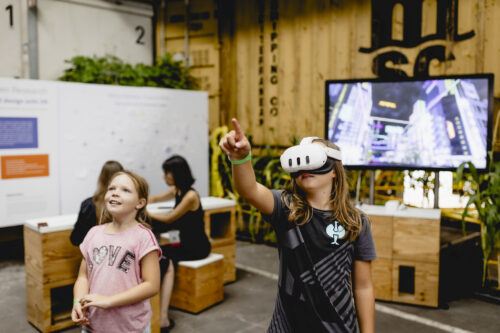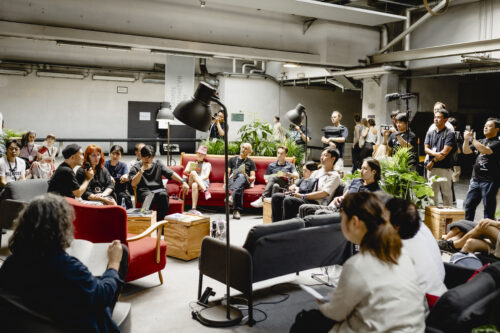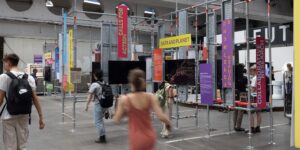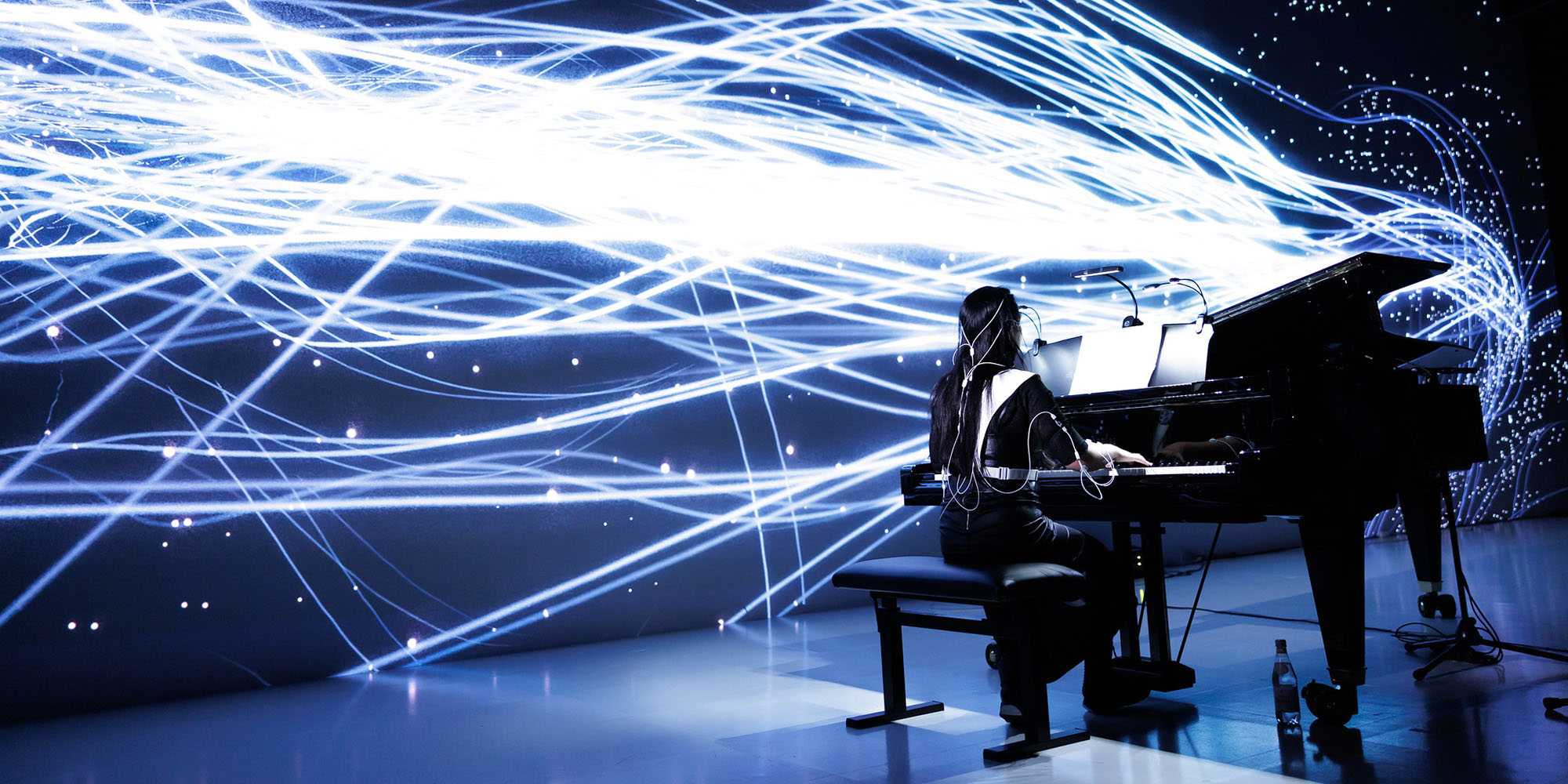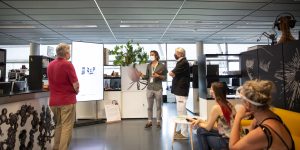Anna Kuthan
-
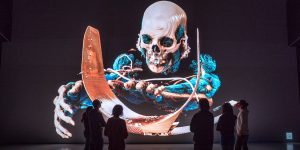
Deep Space 8K EVOLUTION
Ars Electronica’s Most Exciting Experience Space
Three visually stunning dimensions, over 50 million pixels of resolution, and a high-performance tracking system make Ars Electronica’s Deep Space 8K one of the world’s most exciting digital experience spaces – developed, built, and continuously maintained by the Ars Electronica Futurelab.
-
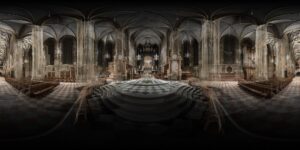
The Translucent St. Stephen’s Cathedral
Immersive Journey in Stereoscopic 8K
As part of the European R&D project Immersify, the data from spatial measurement of St. Stephen in Vienna with more than 21 billion laser points was converted into a translucent representation of the cathedral. The result is an innovative interactive and immersive journey through the building in stereoscopic 8K in the Ars Electronica Center’s Deep…
-
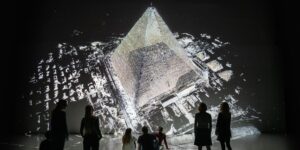
The Great Pyramid in 3D
Journey Through the World Wonder in 12K
The Great Pyramid in 3D, From the BBC Series Ancient Invisible Cities is an interactive immersive experience for the Ars Electronica Center’s Deep Space 8K. Visitors can take a deep virtual dive inside the oldest wonder of the ancient world, the Great Pyramid of Giza. They are able to move interactively through the 360° 3D…
-
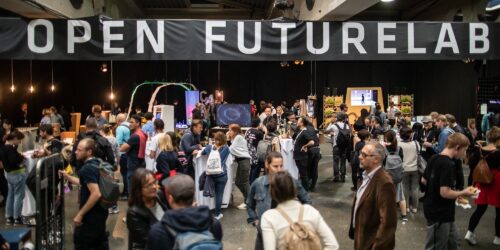
Open Futurelab 2019
The festival site at POSTCITY in Linz was used as a stage for Open Futurelab until 2019. Created with the Japanese public broadcasting company NHK, Media Platz was a prototype of an open media plaza consisting of cardboard and high-resolution screens, which was used as a forum for public debate. Various panel discussions took place…
-
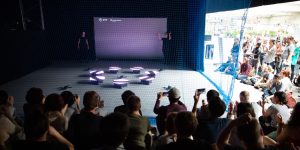
Open Futurelab 2018
Following an extended period of integrating contributions from the Ars Electronica Futurelab at various festival settings, the 2018 Open Futurelab initiative in the POSTCITY was intended to create a key interface for the lab’s creative international network.
-
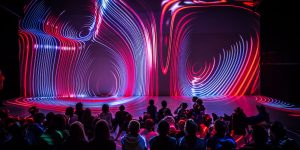
Immersify
They almost make us forget the world around us: Virtual Reality (VR) applications let us dive deep into images and videos, promising interactive experiences. To lead immersive media from a niche phenomenon to a more widespread practice in the consumer market, the three-year EU-funded project Immersify took to the task of research and development with…
